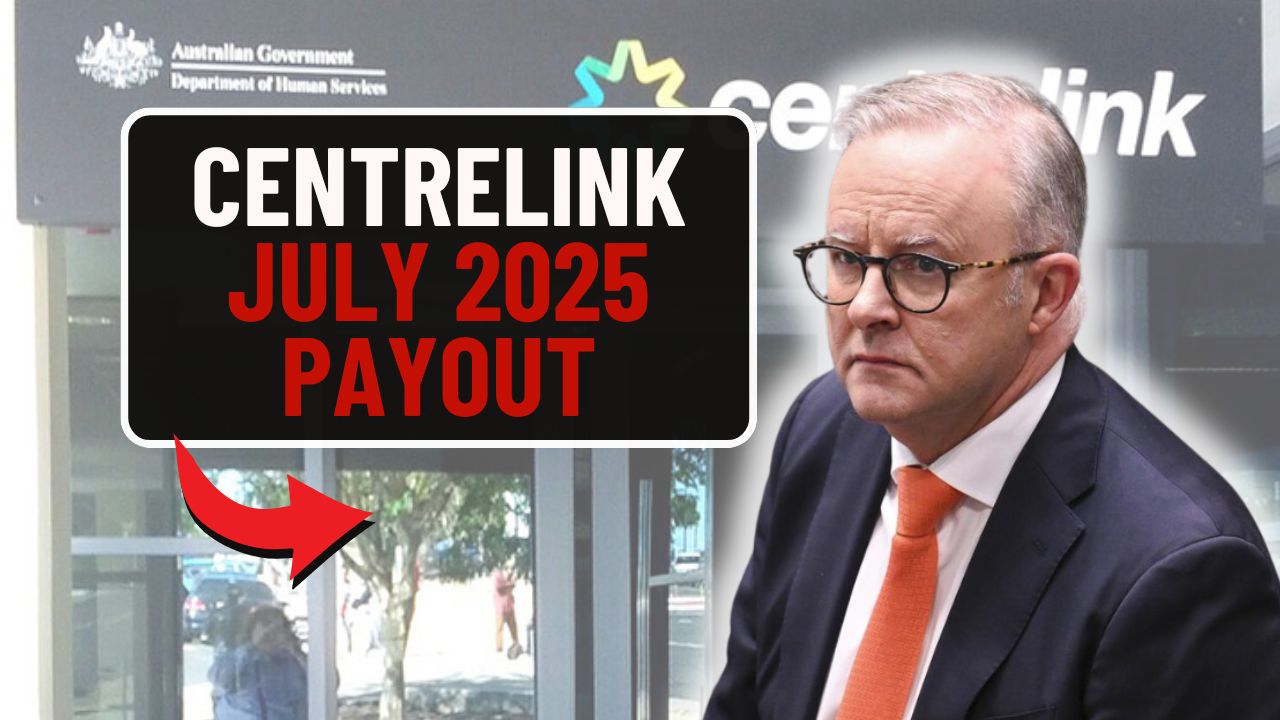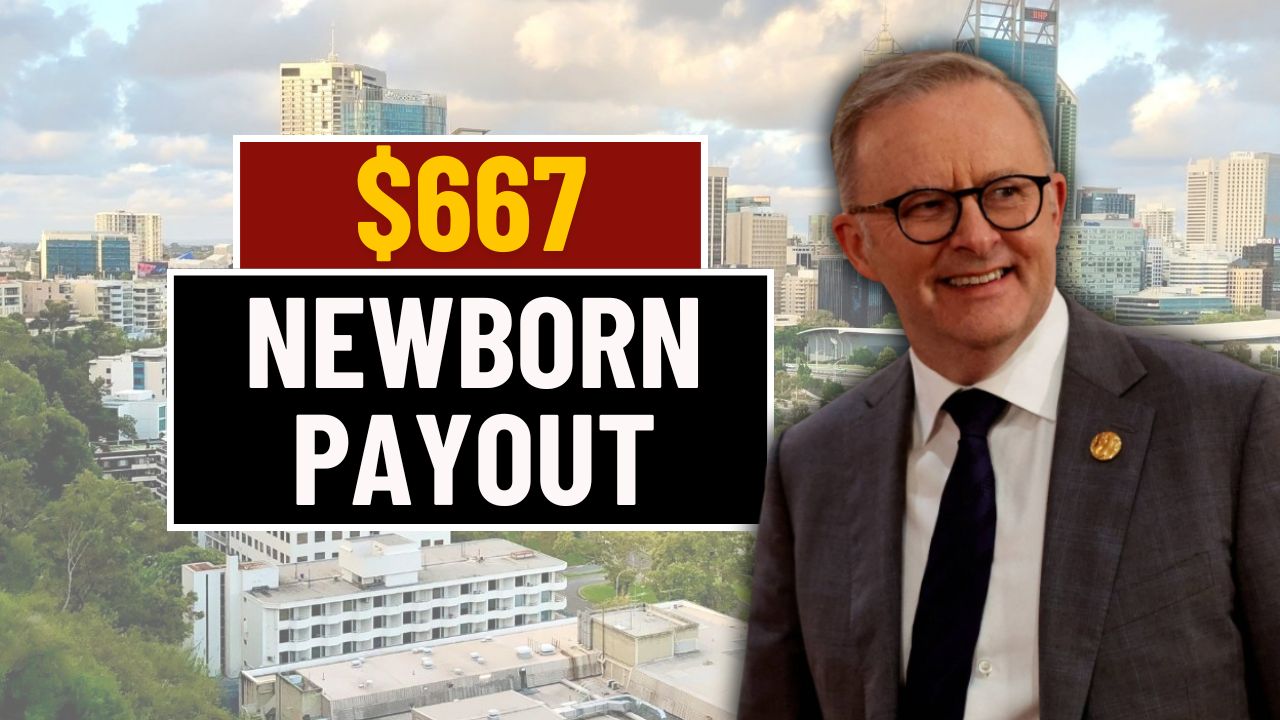Australians receiving Centrelink’s JobSeeker Payment will benefit from updated rates starting June 3, 2025. In response to mounting cost-of-living pressures, the government has implemented a scheduled increase to support individuals who are unemployed or underemployed. This adjustment underscores Australia’s commitment to maintaining a responsive welfare system that evolves with the economic needs of its citizens.
The revised fortnightly payments reflect a targeted effort to address inflation. Singles under 55 will receive $785.40, while those aged 55 and over or unemployed long term will receive $841.30. Single recipients with children will also see $841.30, while partnered individuals are set to receive $714.90 each. Principal carers without mutual obligations will be granted $1,007.80. The supplementary allowance remains at $30.10.
Table of Contents
A Step Forward in Strengthening Australia’s Safety Net
These increases are more than numerical revisions they’re a recognition of the challenges faced by low-income individuals in a volatile economic climate. The June 2025 update follows a series of enhancements in recent years, aiming to close the gap between minimum welfare payments and the real-world cost of essentials. Centrelink’s continued adaptation plays a critical role in reducing hardship and offering a path toward employment and self-sufficiency.
The adjustments are automatically reflected in payment cycles for existing recipients from the first Tuesday of June. For verification, beneficiaries can log into their myGov accounts or reach out to Centrelink via the dedicated helpline.
A Timeline of Reforms and Adjustments
The JobSeeker Payment has gone through a series of transformations since its earliest form as the Unemployment Benefit in 1945. Over time, the program evolved through initiatives like the Newstart Allowance, Welfare to Work reforms, and finally the 2020 relaunch as JobSeeker. The payment saw its highest temporary boost during the COVID-19 pandemic, when a $550 supplement was introduced.
In 2021, this supplement ended, but a permanent $50 increase was added to the base rate. Budget 2023 saw another rise to $693.10, and the 2025 Budget has continued this trajectory with the current $785.40 rate for singles. Each change reflects Australia’s shifting economic landscape and the government’s efforts to provide adequate support for those seeking employment.
Who Qualifies for the June 2025 JobSeeker Payment?
Eligibility criteria remain aligned with previous standards. To qualify, applicants must be aged 22 or older but below the Age Pension threshold. They should be actively looking for work, participating in approved training, or temporarily unable to work due to medical reasons.
Income and asset limits also apply, varying by household type and relationship status. Mutual obligations, such as accepting a Job Plan, remain a fundamental requirement for most recipients. Special provisions are available for primary carers, individuals with disabilities, and those experiencing difficult personal circumstances such as domestic violence.
How to Apply and What Documents You Need

Applying for the JobSeeker Payment can be done through several channels, including online via myGov, over the phone, or in person at a Services Australia office. Applicants must link their myGov accounts to Centrelink and provide identification documents such as a Medicare card or driver’s licence. Employment history, financial information, and banking details are also required.
Once a claim is submitted, Centrelink may request additional steps, such as interviews or the signing of a Job Plan. Upon approval, payments typically begin from the date the claim was lodged. Support is available throughout the process for applicants needing help with documentation or digital access.
Understanding Centrelink’s Role and Job Functions
The delivery of JobSeeker and other payments relies on the efficiency and dedication of Centrelink employees. These public service professionals include customer service officers, social workers, and IT personnel, all of whom contribute to maintaining the integrity of Australia’s social welfare system.
Employees are responsible for providing clear, accurate guidance, processing claims, and ensuring that recipients meet their obligations. Centrelink jobs offer structured training and career development, making them attractive roles for those committed to public service and community support.
Community Support Beyond Financial Assistance
In addition to the JobSeeker Payment, Centrelink offers access to a range of supplementary services, including U-Save rebates, Edusave top-ups, and LifeSG credits. These programs help families meet the costs of raising children, managing utility bills, and covering educational needs. A typical family of four with two young children could receive up to $5,000 in total annual support, according to recent government estimates.
With cost-of-living concerns echoed globally, Prime Minister Lawrence Wong has acknowledged that while inflation in Singapore and elsewhere may be easing, everyday expenses remain high. The Australian government’s ongoing welfare enhancements reflect similar sentiments—prioritising sustained support for vulnerable communities.
JobSeeker Payments Reflect Broader National Strategy
The latest JobSeeker increase is not just a standalone welfare measure it’s part of a broader commitment to inclusivity, economic resilience, and national wellbeing. By aligning welfare payments with inflation and socioeconomic realities, the Australian government seeks to promote dignity, opportunity, and financial stability for all citizens.
As economic uncertainties persist, Centrelink and Services Australia continue to play a pivotal role in keeping Australians secure and connected to opportunities for growth. For those navigating unemployment or underemployment, these payments offer more than financial aid—they represent a chance to rebuild and regain independence.




